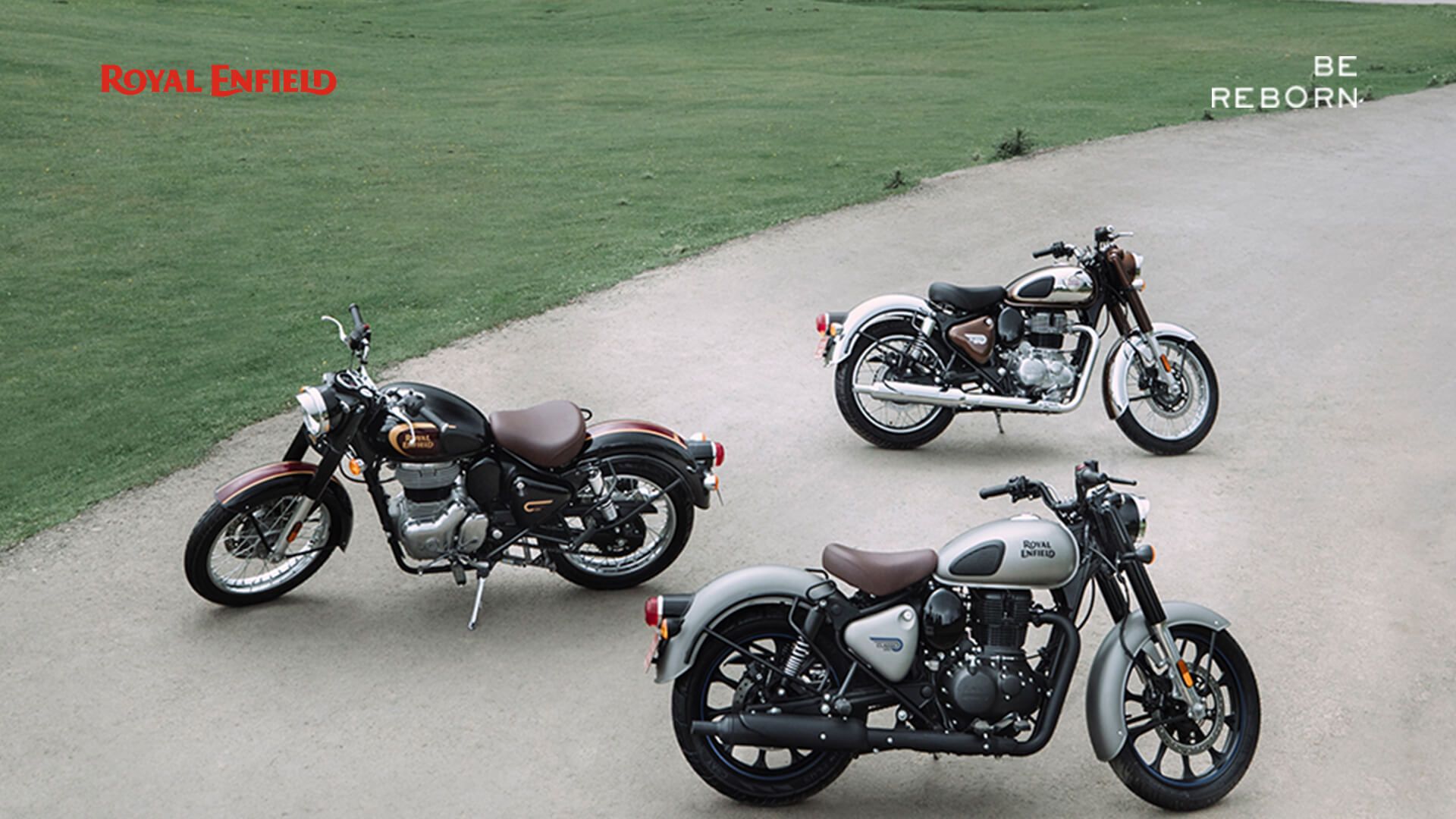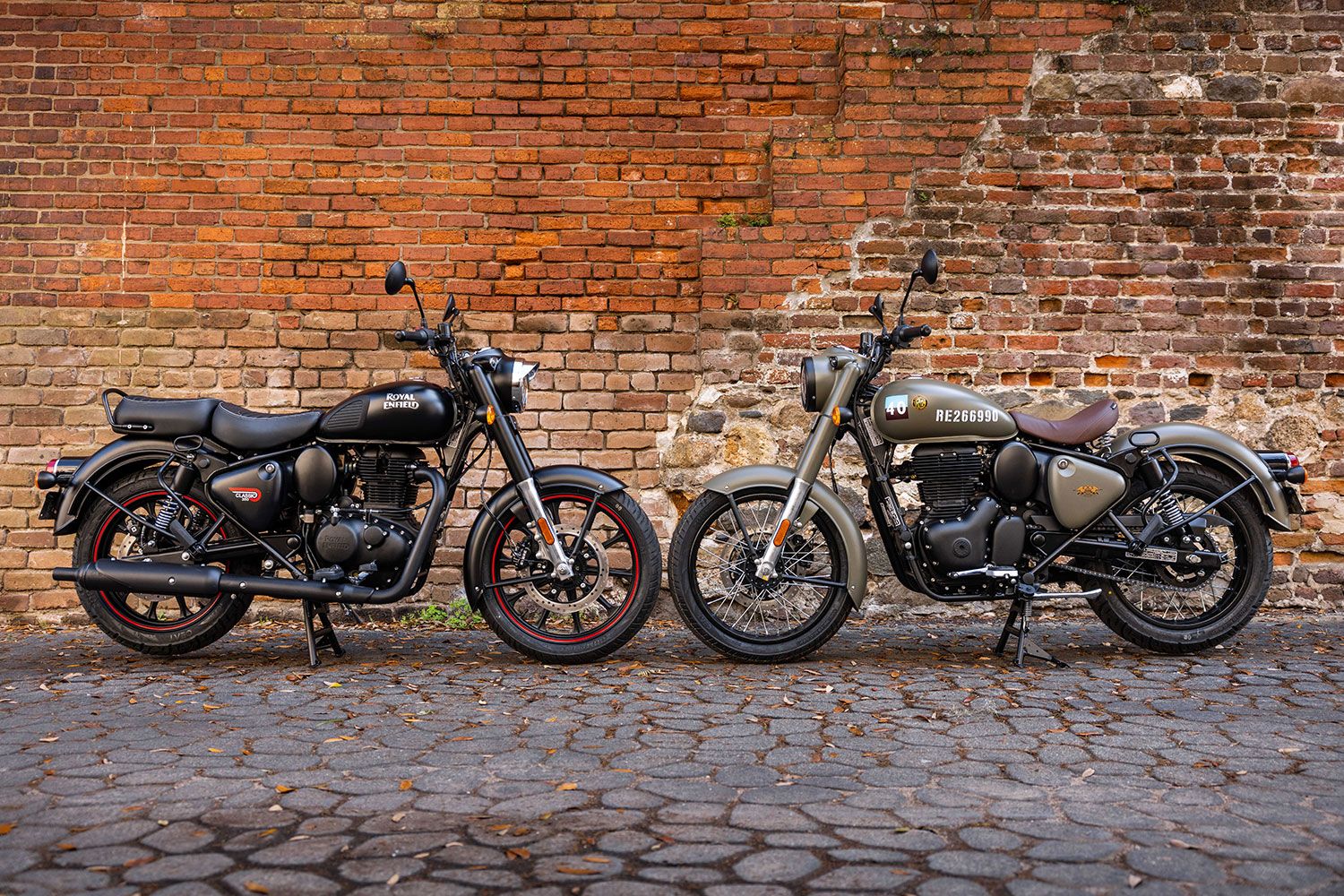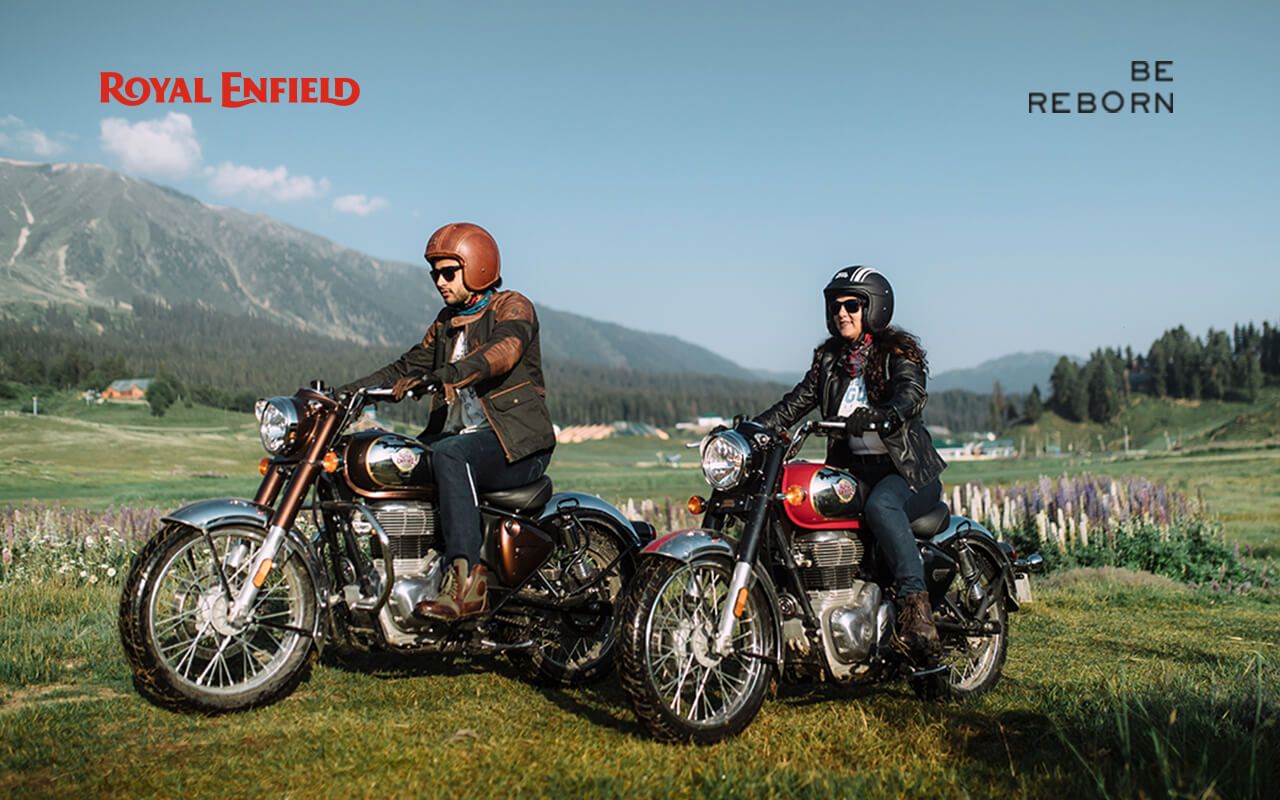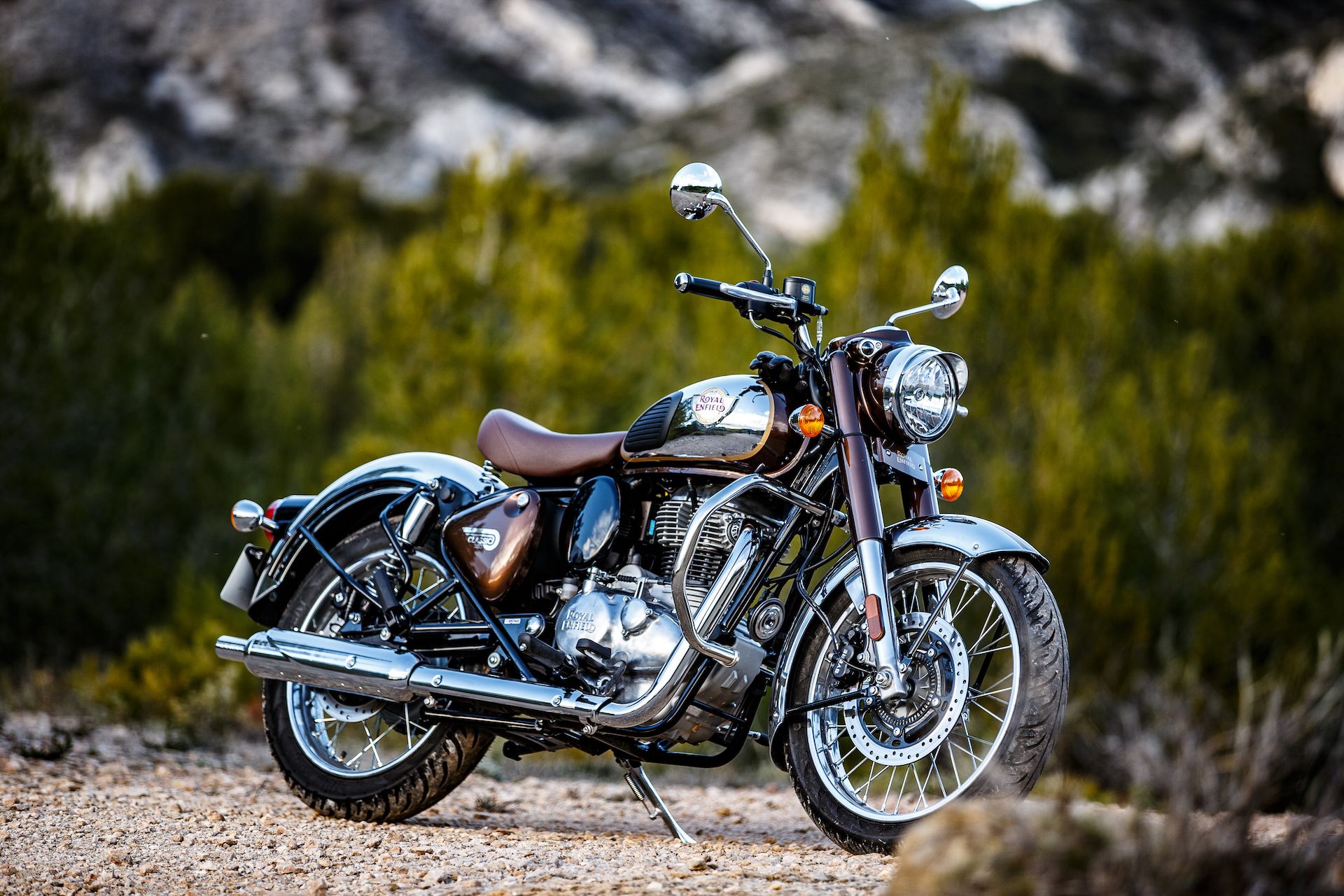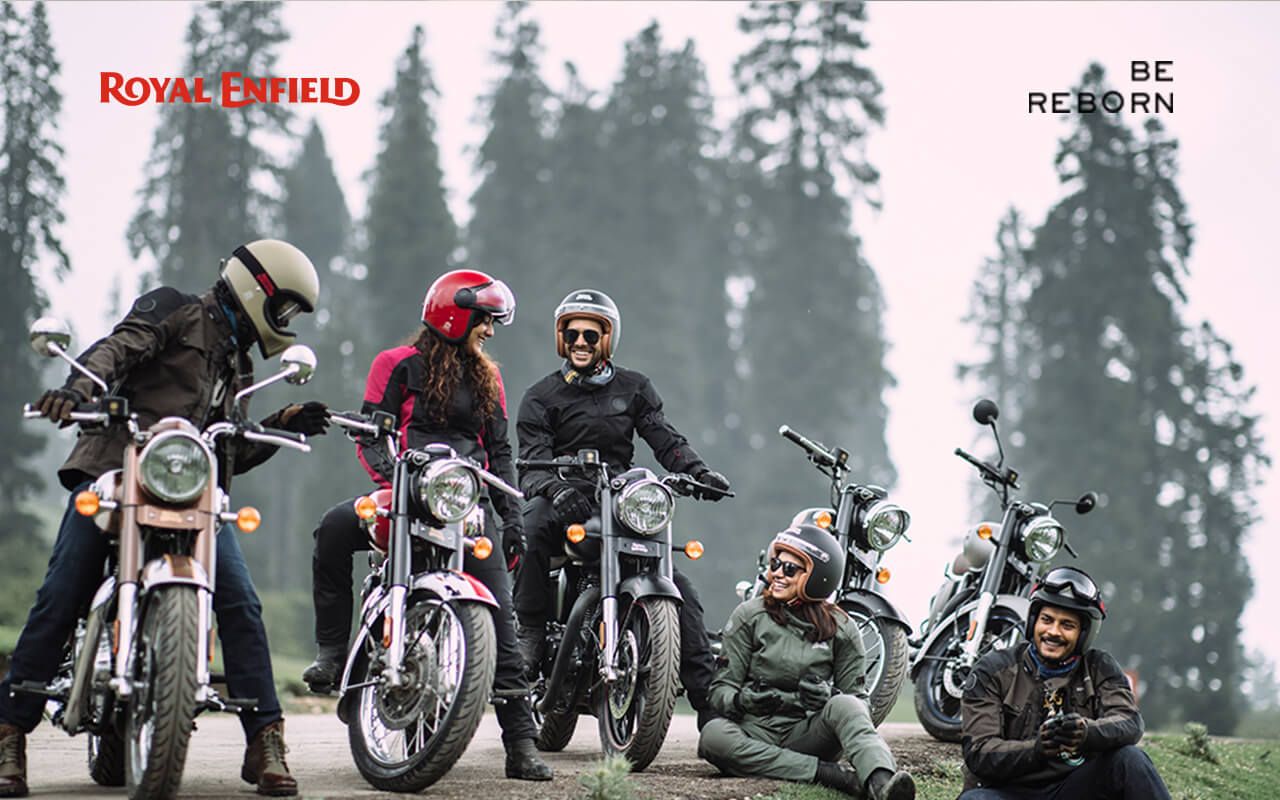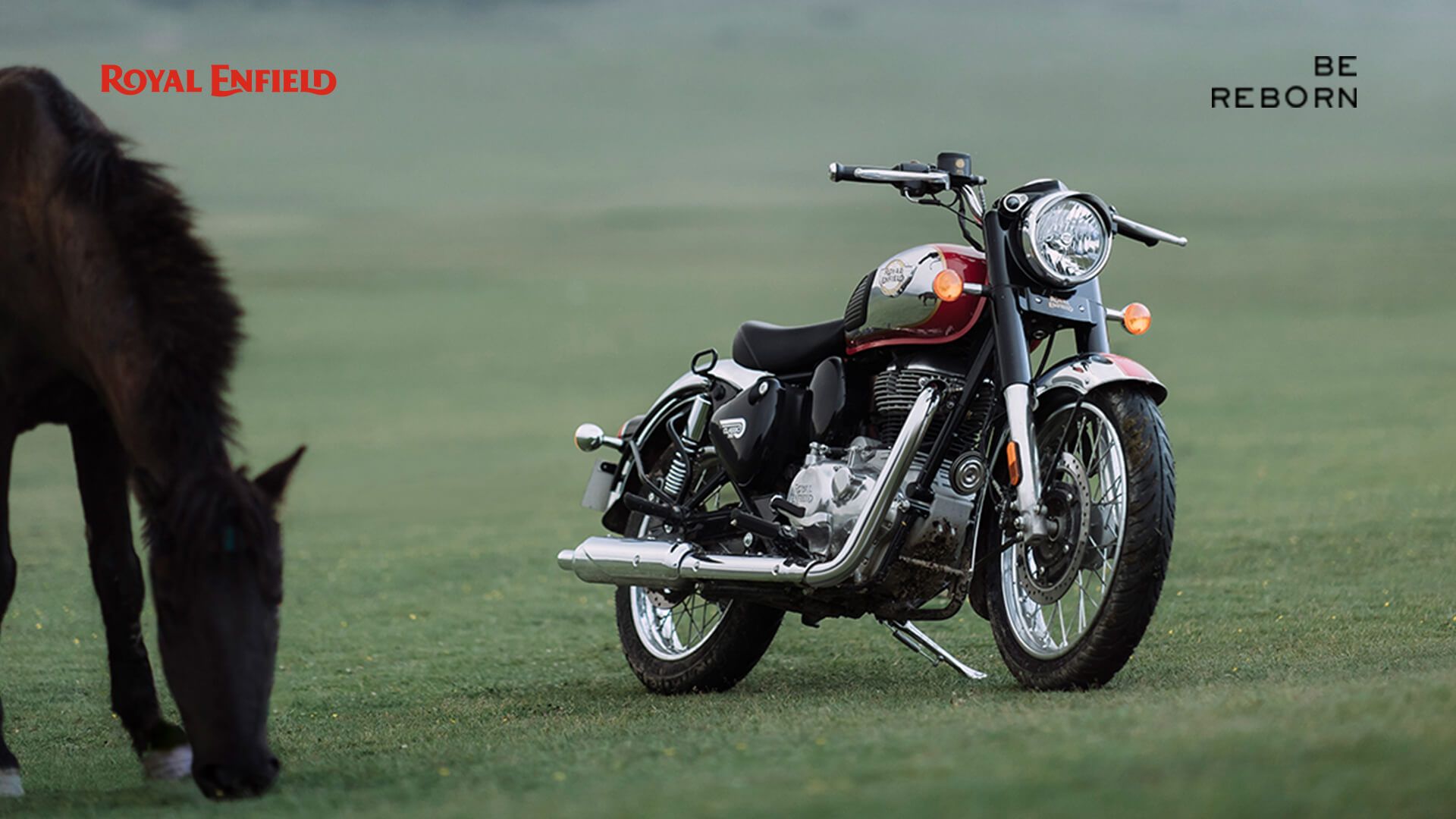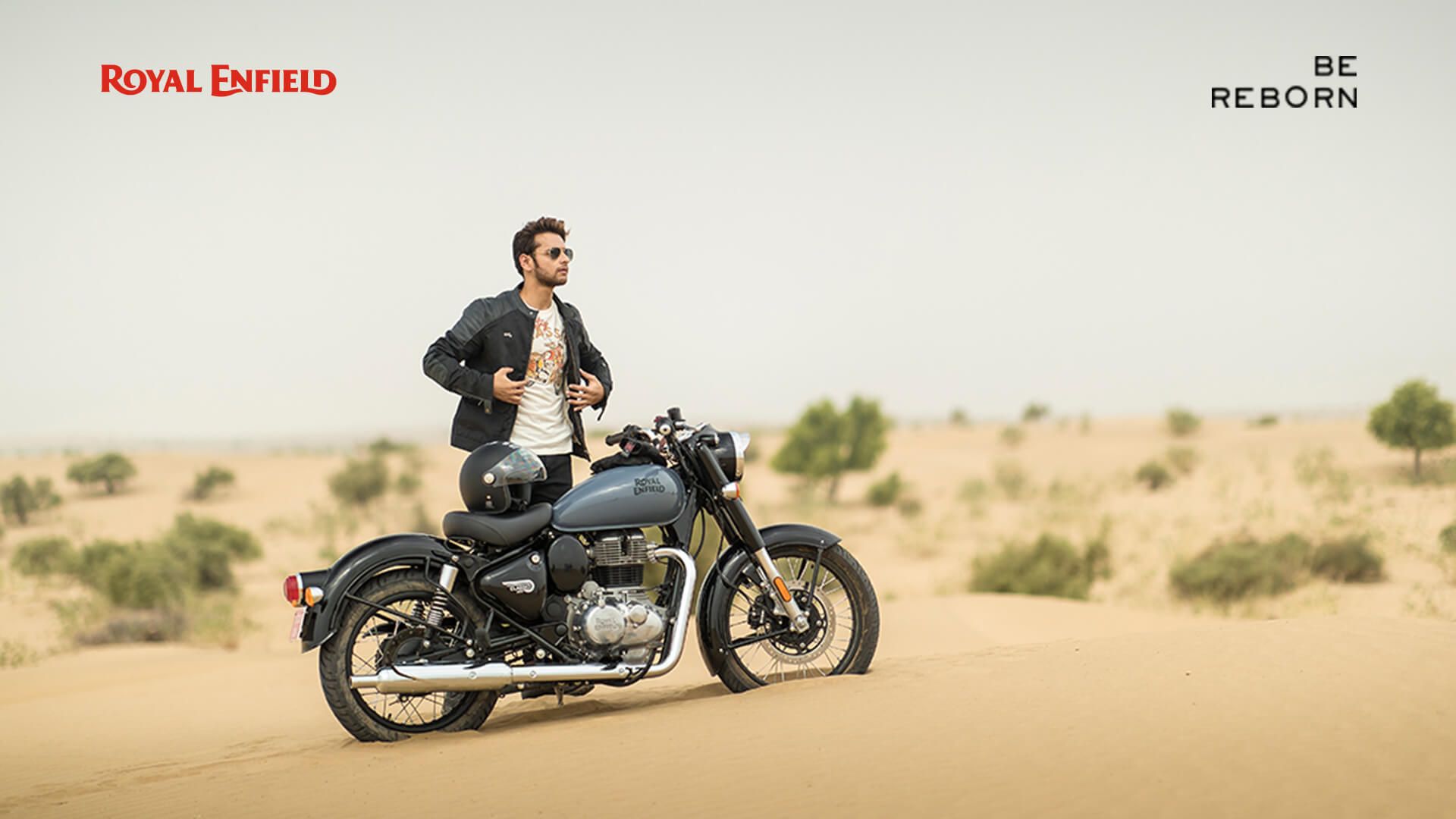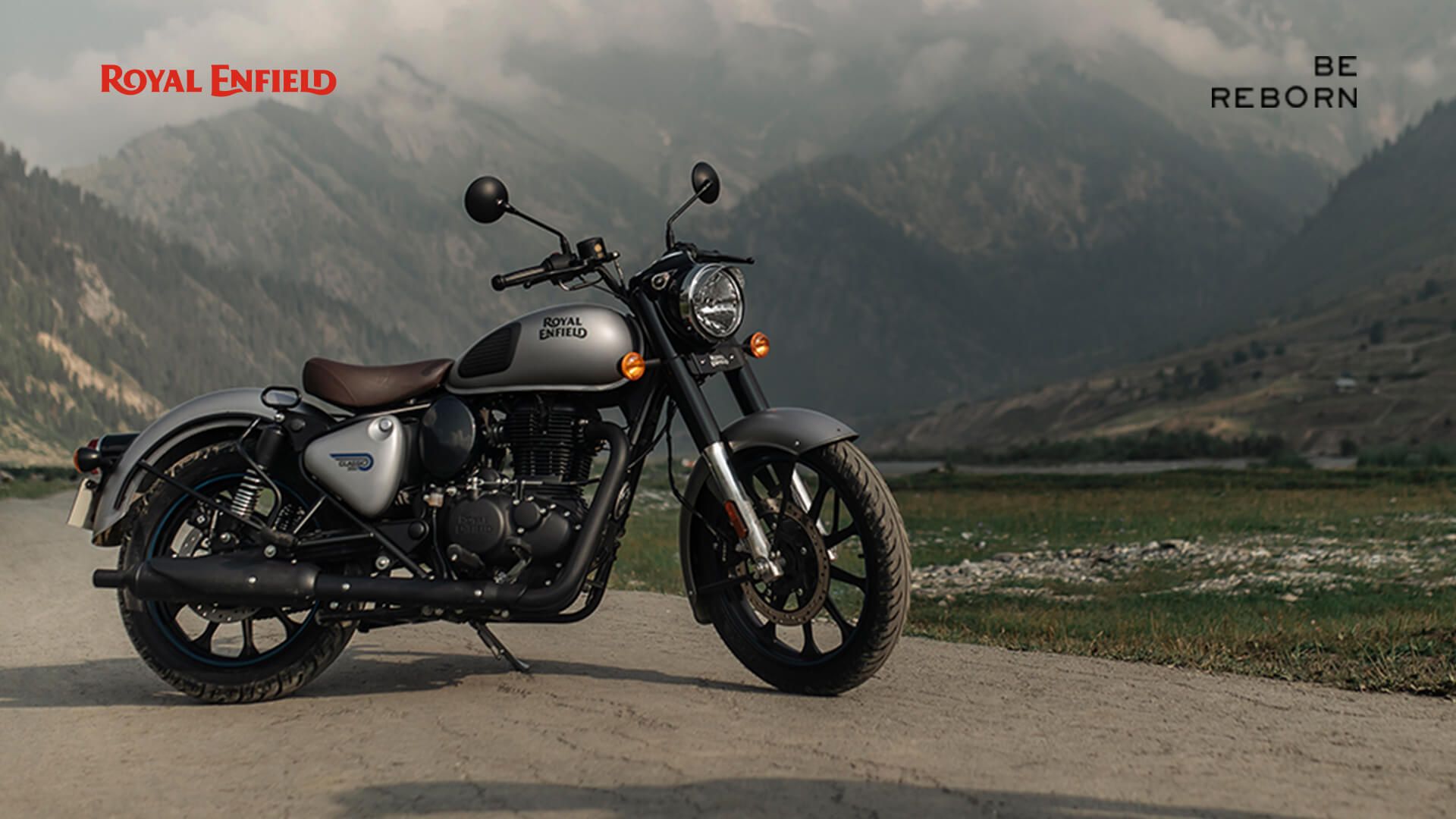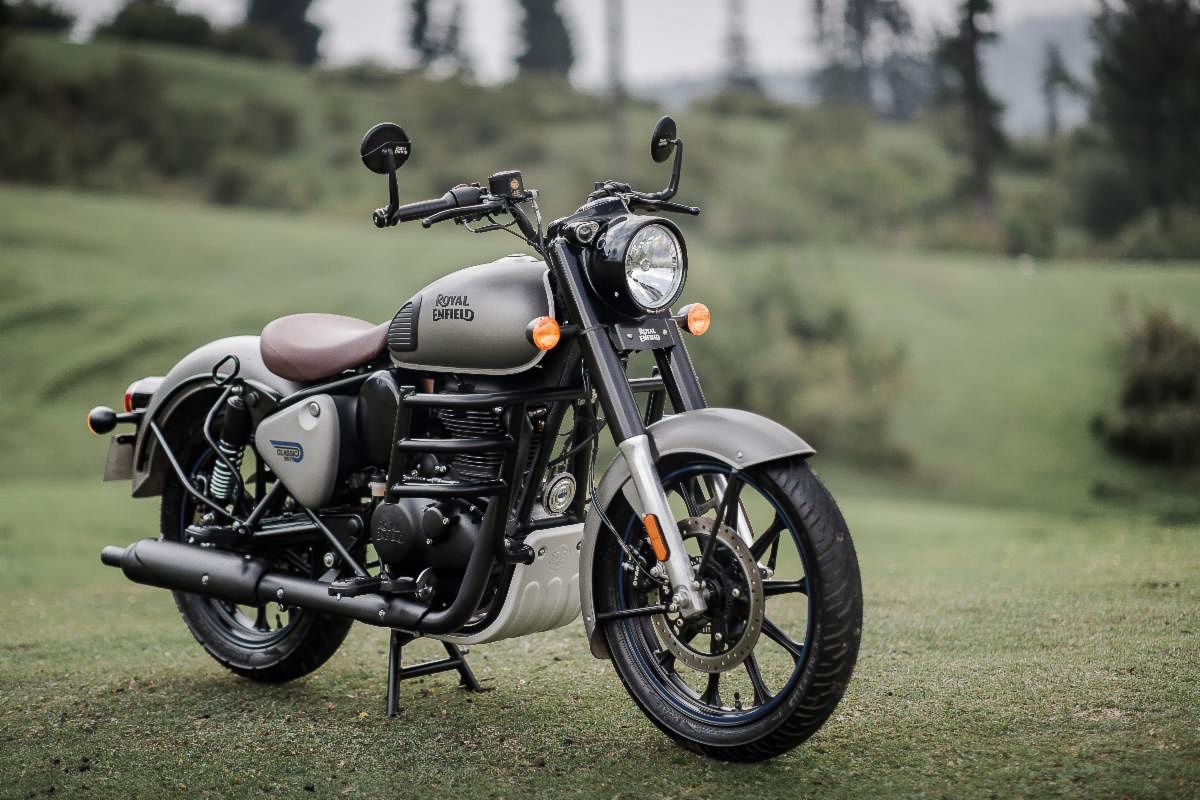Royal Enfield has existed as a company since they started building bicycles for the Royal Small Arms Factory, in Enfield, Middlesex in 1893. After playing around with some 4-wheel motorized vehicles, the company pivoted into motorcycles. They've been producing motorcycles continuously since 1901, first in the UK and then, since the 1970s, in India. In recent years, the range has expanded to include a twin-cylinder engine which can be seen in their 650 line of bikes like the Continental GT and the newly released Supermeteor. They've also moved into the ever-popular adventure market, with the Himalayan and the Scram 411. But the bikes that Royal Enfield are still known for around the world are the single-cylinder roadsters that look much as they did 90 years ago.
Updated April 2023: Royal Enfield updates its long-running models at a glacial pace. And though headlining bikes like the Himalayan see major improvements every year, other models have been around for decades without any major updates. Such may be the case with the Classic 350, though RE do make changes to this simple model from time to time. And in an effort to keep our readers up to date, this article will periodically be updated.
Older Than Harley-Davidson
Royal Enfield manufactured its first motorcycle in 1901 and has been in continuous production ever since, making it the oldest motorcycle manufacturer to be so, beating Harley-Davidson by two years. In 1931, the Bullet 350 model appeared, and it is still in production, 90 years later. It was the first four-stroke motorcycle available in India. In 1955, RE received an order from the Indian army for 800 motorcycles, and the company set up an assembly plant in India in partnership with Madras Motors. This partnership continued, and Madras Motors got the license to build Bullet 500 models as well.
In the early 1970s, the Royal Enfield factories in the UK were closed. But Madras Motors had licensed the Royal Enfield name as well as the bikes, and production never stopped in India. And it continues to this day, with a diversified range, including the classic singles engines, as well as the newer twin-cylinders.
The Classic 350 Is Not the Bullet
While the Classic 350 might look like the Bullet 350, the engine is all-new and features fuel injection. The Classic 350 is inspired by the 1948 G2 350 Bullet, which was the first production motorcycle fitted with an articulating swing arm. Before that (and for long afterward!) motorcycles had rigid rear ends, road shocks being isolated from the rider by a sprung saddle.
The Classic 350 is a great beginner’s bike and is also loved by experienced riders who want something simple and rugged to ride every day. Of course, in India, Royal Enfields sell in their hundreds of thousands every year. Forget Triumph, Ducati, BMW, Kawasaki, et al. A Royal Enfield is the original and most authentic retro bike if only because most of it them are built with technology that pre-dates the actual people that ride them.
New Fuel Injected Engine
There are a lot of small displacement motorcycles on the market, competing for the same riders. But none of them really look like the vintage Royal Enfield Classic. But despite its looks, the single-cylinder engine is all new and features fuel injection, a single overhead camshaft, and a counterbalance shaft to smooth out the vibrations inherent with all single-cylinder engines. Power output is a claimed 20.2 horsepower at 6,100 rpm and 19 pound-feet of torque: neither figure will help the Classic 350 break any speed records, but if previous RE engineering is anything to go by, it should last for years and years under even the most ham-fisted treatment.
It Gets An All-New Chassis
Again, it might not look like it, but the chassis frame of the Classic 350 is all-new. It is a steel, twin-down tube design, with a hefty central spine running from the headstock to the swing-arm pivot. Suspension isn’t what you might call sophisticated - conventional 41mm forks up front and twin shocks at the rear - but what it lacks in sophistication, it makes up for by giving a plush ride and being perfectly tailored to the Classic 350’s weight. Wheels are 19-inch front and 18-inch rear and are either chrome spoked wire wheels or 10-spoke alloy wheels on the ‘Dark’ models.
Comfort And Ergonomics
If ever a motorcycle was built to be supremely accessible and easy to ride, then it is the Classic 350. The low seat height makes it perfect for new riders to feel comfortable on. The seat height is a low 31.7-inches, making it easy for even the shortest rider to plant their feet on the ground easily and the motorcycle’s weight is carried low, so it’s super easy to maneuver at slow speeds while feeling stable on the open road. The seat is large and generously padded, so you’ll run out of fuel before you get a numb bum and the foot pegs and handlebars are mounted to give a classic upright riding position without a too-sharp bend of the legs.
But, even experienced riders will find a lot to like about the Classic 350: the handling is steady and predictable, and you’ll never be going fast enough to push the chassis or suspension to its limits, anyway. It’s a throwback to a simpler time in motorcycling and is all the better for it.
Modern Brakes With ABS
Not everything on the Classic 350 has gone unchanged since the Bullet came into production, decades ago. Royal Enfield has recognized that it has to keep up with the times, and though they haven't outfitted the Classic with leading edge technology, the brakes the put on are eons ahead of what was available back then, in terms of stopping power.
ByBre (Brembo’s Indian subsidiary) handles braking with single discs front and rear. As these brakes are fitted to many other motorcycles, most notably KTM’s 390 and BMW's G310 range, you know they are perfectly good, and combined with the dual channel ABS, give confidence-inspiring stopping power for an all-in wet weight of 430 pounds.
Overall Build Quality
Royal Enfield has experienced an extraordinary amount of growth in the last decade throughout the world. So much so that their previous methods of manufacturing, that served them well for a long time, have become truly antiquated. Royal Enfields were, until 2014, assembled by hand but as their popularity exploded, manufacturing turned to machines, which can arguably do the job much more efficiently and accurately.
Overall quality is excellent: RE has advanced a lot in this respect in recent years and even the closest inspection doesn’t reveal any obvious shortcuts in either materials, design, or assembly. The paintwork especially is excellent, and pinstriping is still applied by hand.
What Royal Enfield Says
Royal Enfield knows how to spin up their marketing. And because they're owned by an even larger corporation, India's Eicher Motors, they have a large PR arsenal available to them at all times. But sometimes it can be a small statement that can sum up everything in a tidy, clean way.
Managing Director of Eicher Motors, Siddhartha Lal, explains the link between the new Classic 350 and the outgoing Classic 500:“We’ve paid great attention to every aspect of the motorcycle, right from its stunning look, to the perfection in parts and the touchpoints, to its impeccable riding performance. The engine is super smooth, intuitively responsive, and engaging, and has that gorgeous growl on acceleration. The all-new chassis lends enormous confidence while riding, with surefooted handling and agile braking. The motorcycle feels in control and well-mannered around tight corners. The motorcycle is, without a doubt, class-leading, and feels incredibly refined and enjoyable to ride.”
Wide Variety Of Colors
The classic 350 is available in a variety of styles and colors. There are at least 10 colors to choose from, depending on the market. There are so may combination, any rider would surely find something tailor-made especially for them. There are solid, two-tone, or chrome-paneled colors for spoke wheel models, ‘Dark’ models with 10-spoke alloy wheels, and pseudo military matte finishes. All the color finishes suit the Classic 350 perfectly and at first glance, you'd swear you're riding a bike from the 1950s, not the 2020s.
Pricing And Rivals
If you are in the market for an authentic modern classic and your budget is slim, then the Royal Enfield Classic 350 is the machine for you. A brand new, out-of-the-box Classic 350 will set you back a meager $4,699, which is a complete bargain by today’s standards. As for rivals, well it could be argued that there is no bike to compare to an Enfield for authenticity. The Bullet, on which the Classic 350 is based in overall style has, after all, been in continuous production for over 90 years! Still, the Classic 350 does have competition, although nothing in the same displacement class, and all of it is much, much more expensive.
The 900cc Triumph Bonneville T100 costs $10,795 and the 1200cc T120 Bonneville $12,395. Yes, they have much stronger performance but if that isn’t a selling point for you, then why would you spend more than twice as much? It’s the same for any of the modern retro models from the likes of BMW, Ducati, and Kawasaki: all of them without exception, cost at least twice as much. You could make a case for Honda's Rebel 300, which is a similar single-cylinder, cruiser style motorcycle that costs $4,749. But you wouldn't necessarily call that motorcycle a modern classic, or authentically retro. So with that in mind, the Royal Enfield Classic 350 remains the most authentic new, yet inexpensive retro bike on the market.

